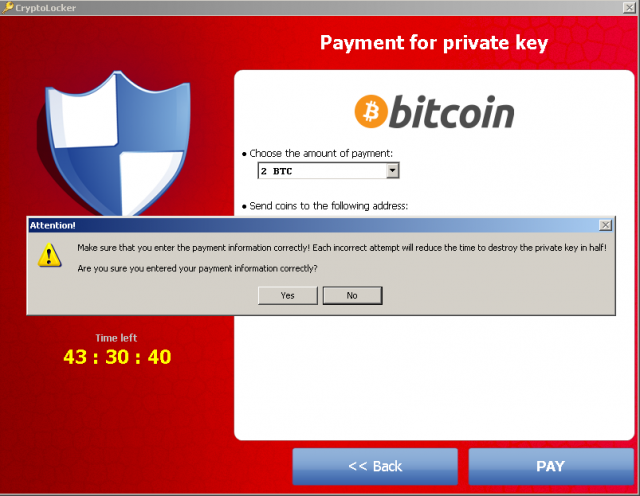
Hackers have also effectively used patched vulnerabilities as attack vectors, as was the case in the 2017 WannaCry attack discussed below. Some ransomware gangs buy information on zero-day flaws from other hackers to plan their attacks. Zero-day vulnerabilities, which are vulnerabilities either unknown to the security community or identified but not yet patched, pose a particular threat.
CRYPTO LOCKER VIRUS COST SOFTWARE

Ransomware victims and negotiators are reluctant to disclose ransom payment amounts. The FBI’s Internet Crime Complaint Center recorded a roughly 243 percent increase in the number of reported ransomware incidents between 20 (link resides outside ibm.com). These double- and triple-extortion tactics, the increased availability of ‘ransomware-as-a-service’ solutions, and the advent of cryptocurrency as an untraceable form of payment have combined to fuel exponential growth in ransomware incidents. ‘Triple extortion’ attacks, which add the threat of a distributed denial of service (DDoS) attack, are also on the rise.

The 2022 X-Force Threat Intelligence Index (PDF, 4.1 MB) reports that virtually all ransomware attacks today are ‘double extortion’ attacks that demand a ransom to unlock data and prevent its theft. But today’s cybercriminals have raised the stakes considerably. The earliest ransomware attacks demanded a ransom to unlock the data or a device. In 2021, ransomware attacks represented 21 percent of all cyberattacks (PDF, 4.1 MB) and cost victims an estimated USD 20 billion overall (link resides outside ibm.com). Ransomware is a type of malware, or malicious software, that locks up a victim’s data or computing device and threatens to keep it locked - or worse - unless the victim pays the attacker a ransom.


 0 kommentar(er)
0 kommentar(er)
